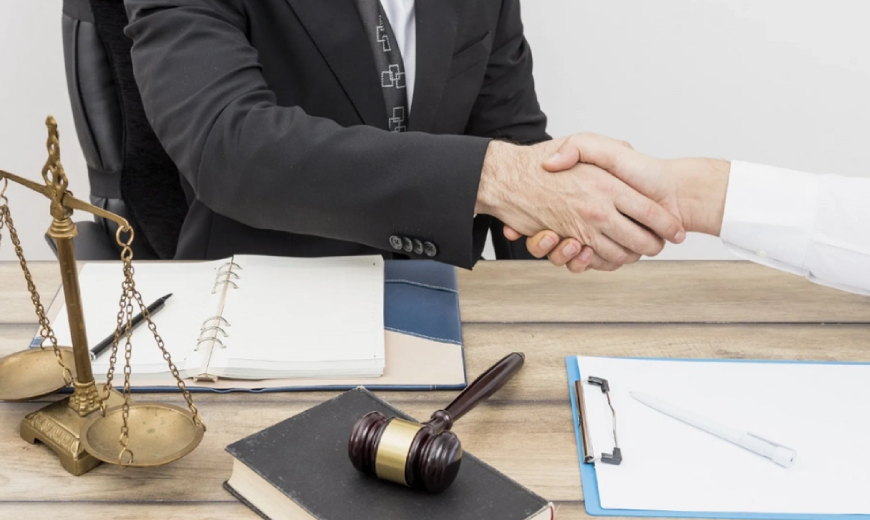A Notary Public plays a vital role in our society, acting as a trusted, impartial witness to the signing of important documents.
Authentication is a critical process for verifying the identity of individuals, ensuring that they are who they claim to be. In 2024, this process has evolved with advancements in technology, making it more secure and efficient. The most common methods include passwords, two-factor authentication (2FA), and biometric verification. Among these, Live Scan fingerprinting has become increasingly important, particularly for high-security environments.
Live Scan fingerprinting is a digital method of capturing fingerprints, which are then transmitted electronically to a central database for identity verification. Unlike traditional ink-based fingerprinting, Live Scan offers a faster, cleaner, and more accurate way to collect biometric data. This method is widely used in various sectors, including government, law enforcement, healthcare, and financial institutions, where verifying the identity of individuals is crucial.
In 2024, Live Scan fingerprinting plays a pivotal role in enhancing security protocols. It is often used for background checks, employment screenings, and licensing purposes. For instance, many states in the U.S. require Live Scan fingerprinting for individuals seeking positions in sensitive roles, such as teachers, healthcare workers, and security personnel. The process ensures that individuals with criminal records or fraudulent identities are identified and flagged before they can access critical infrastructure or sensitive information.
Moreover, the integration of Live Scan fingerprinting with other authentication methods, such as facial recognition and 2FA, provides a multi-layered security approach. This enhances the overall robustness of authentication systems, making it harder for unauthorized individuals to bypass security measures.
In summary, as we navigate the complexities of digital security in 2024, Live Scan fingerprinting stands out as a reliable and effective tool in the authentication process, ensuring that only verified individuals gain access to sensitive areas and information.


